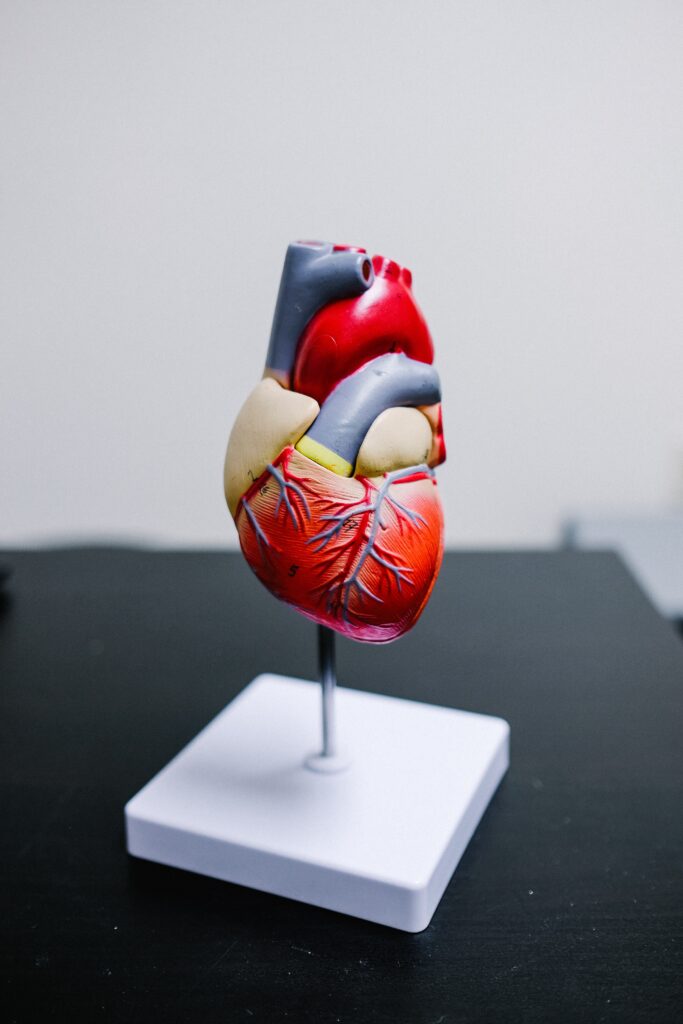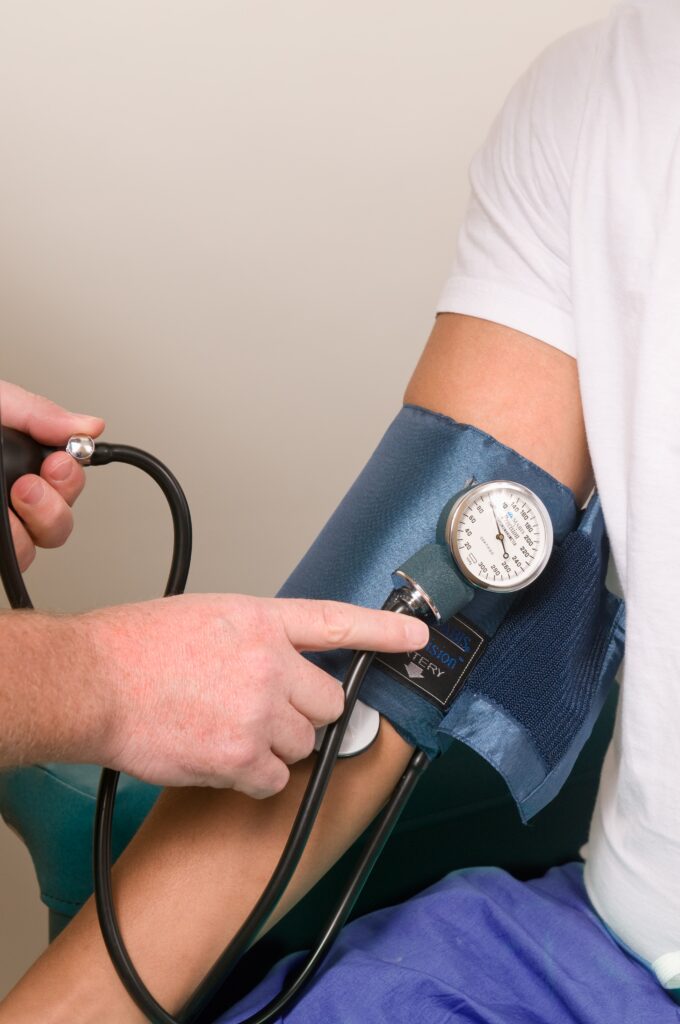Before we discover the main topic of what blood pressure is normal, it is significant to know relevant knowledge related to it. This article will assist you in understanding what blood pressure is and the symptoms of high and low blood pressure levels. Further, you will get to know what blood pressure is normal at your age. Not only will you find some natural ways to treat the diseases related to it, but you will also find out how to bring stability to it in order to refrain from conditions that are directly associated with it.
What is blood pressure?
In easy words, it is the pressure of blood in your circulatory system. It is highly dependent on the elasticity and diameter of arterial walls and the rate and force of the heartbeat.
The blood pressure is usually taken using the two measurements that are systolic and diastolic. Systolic pressure is computed when the heart beats; it is the time when the blood pressure levels are highest. However, diastolic measurement is taken between the heartbeats that are when the blood pressure in the body is at its lowest.
A sphygmomanometer is used to measure blood pressure. This instrument, along with a stethoscope, helps doctors and paramedic staff to make accurate measurements of blood pressure levels. However, these days, electronic devices are being used to compute it. Due to that, many patients have become independent and are comfortable using portable and easy-to-use gadgets to measure their blood pressure regularly.
Symptoms of Hypertension and Hypotension

Until this section of the article, you are already aware of the term ‘blood pressure’. But obviously, the topic is much more vast, and we need to proceed step by step.
High blood pressure or hypertension, is a condition where your blood pressure levels are higher than average. Consistent high blood pressure levels may indicate the diagnosis of hypertension. Around 972 million of the world’s population have hypertension. That makes up 26% of the global population. Approximately 47% of the population has high blood pressure levels in the United States. That makes the total population 116 million that are affected by it. Low blood pressure or hypotension is touched when the blood pressure drops from the standard limit of the blood pressure.
But how are you going to know if you are affected by any of the conditions? The answer is simple; every disease shows some kinds of signs, and the same goes with these cases. As far as high blood pressure is concerned, then it has multiple signs.
You may go through severe headaches, fatigue, and vision problems when going through such a condition. Not only that, but you may also face difficulty in breathing. The situation may deteriorate when you start having chest pain and your heart starts beating in an irregular pattern. Severe symptoms of hypertension include bleeding of the nose and blood in the urine.
If we talk about the hypotension symptoms then, it includes lightheadedness or dizziness. You may start feeling weak or may feel that you have no energy left in your body while experiencing this condition. You may get into a state of confusion with blurry vision. This situation may aggravate the severe symptom of fainting.
What blood pressure is normal?
The above-mentioned symptoms of hypertension and hypotension levels were horrible to read, right? But the fact is, the normal levels vary among people of different ages.
In newborns to six months old babies, the systolic range is around 45-90 mm Hg, whereas the diastolic range is around 30-65 mm Hg. In the case of six months old babies to two years old babies, the normal systolic range is somewhere between 80-100 mm Hg, and on the other hand, the diastolic range is around 40-70 mm Hg. Children of ages ranging from 2 years to 13 years old have a normal systolic range of 80-120 mm Hg and a diastolic pressure of around 40-80 mm Hg.
The ones ranging between the ages of 14 to 18 years old have a systolic range of 90-120 mm Hg and a diastolic range of 50-80 mm Hg. Now coming to the adults means the ages lying between 19 to 40 years old, the systolic range lies between 90-135 mm Hg, and the diastolic range is 60-80 mm Hg. People with age more than 40 are supposed to have a normal systolic range of around 110-145, whereas the diastolic range is 70-90. People over 60 have a range of 95-145; on the other hand, the diastolic range is around 70-90.
You need to be aware of all these ranges. It is because such knowledge can help you to stay calm and relaxed, and no person can tell you if you are at risk or not.
Treat yourself in these natural ways
You can control such a condition in multiple ways. But before that, it is always important to get advice from your doctor. Doctors know your condition, and they may assist you by giving some medications, or maybe the doctor may also suggest you treat yourself in natural ways.
These natural ways include:
Lose Extra Weight
It is crucial to have adequate weight to get your hypertension in control. Obesity leads to numerous other diseases, including hypertension.
Quit smoking
Quitting smoking is beneficial in reducing hypertension.
Eat healthily
Eating healthy food can help the patients to overcome the conditions of instability in levels of you.
Exercise daily
Exercising is a cure for many diseases. You can control hypertension by exercising daily. Thirty minutes a day are enough for this controlling process.
Stop drinking Alcohol
Alcohol gives birth to multiple problems within the body. One of those problems is hypertension. Therefore, you must limit yourself from Alcohol to keep your levels in control.
The above-mentioned points are mostly mentioned for people going through hypertension. But if you are going through hypotension, remember to eat more salt and hydrate yourself. This will help in boosting hypotension.
Conclusion
I hope the above article was helpful in getting yourself a good amount of knowledge regarding hypertension and hypotension. Let us know in the comments!
If there is anyone in your circle who is aged and needs personal assistance, contact us!

